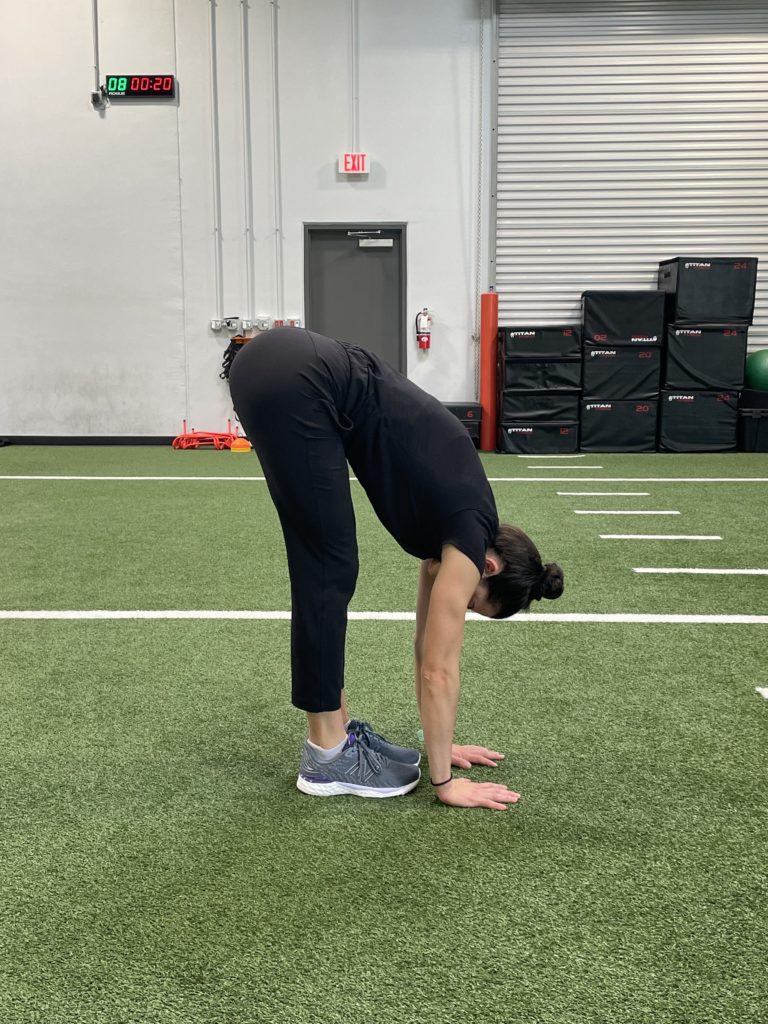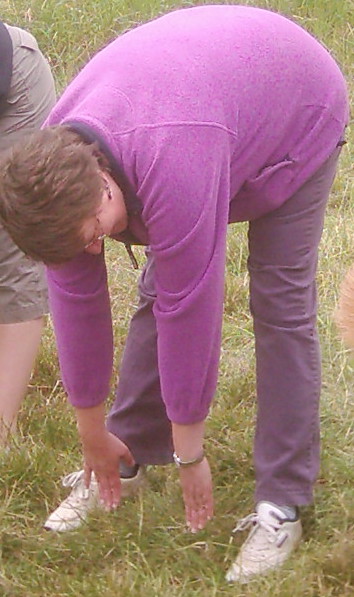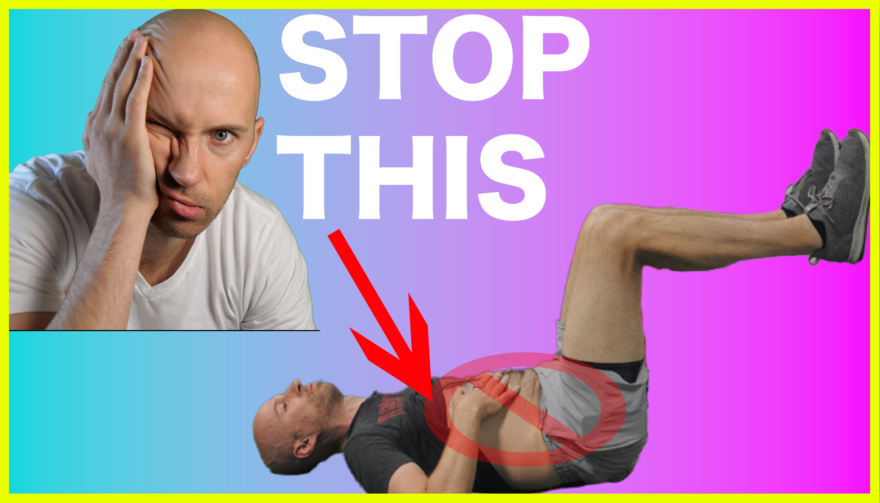Table of Contents
If you do this, you’re screwing your breathwork up
Breathing exercises can be useful at enhancing mobility throughout the body…IF they are done well.
Sadly, that rarely occurs.
Until now.
In today’s post, I outline the major keys you need with each piece of common breathing exercise to ensure that you get the most out of these moves, maximize your range of motion, and move better than ever before.
Check out the post and video below to learn about it!
Pelvic component during breathing exercises
The pelvic component is one of the most important pieces to most breathing exercises, and often the most screwed up for one big reason:
Not everyone needs to tuck.
GASP, say what? Yes. Because of various compensatory strategies (some people have anterior tilt, others more swayback) and body structures (narrow vs wide infrasternal angles), not everyone requires the same pelvic strategy.
Some peeps need to tuck, some need to learn how to push their hips back.
A quick test to see which camp you fall into is your toe touch. If you go to touch your toes, your back stays flat, hips shoot backward easily, and perhaps you palm the floor, I would be working on some posterior pelvic tilting.

A great starting move here could be a hooklying tilt exercise for these particular individuals. Ensure that the abs stay relaxed during the tucking portion:
Or if you want a bigger deep dive into posterior tilting, I would check out this post.
Conversely, if your toe touch involves A TON of back rounding, is limited, and the hips don’t travel back far at all, you’d be someone who would benefit from learning how to push the hips back.

For these folks, I do not coach much tucking at all. An elevated quadruped could be a good choice, or a bent over sink squat:
A bigger deep dive into this topic is this post right here.
Inhalation during breathing exercises
The next piece I teach is the inhalation, which is going to create the expansion action needed to increase available space and motion within our bodies.
Most people screw this up by inhaling too hard.
Think about it, if I force an inhale, my muscles are contracting harder to breathe in. When I contract muscles, space reduces and I can’t move as much. For example, try rotating your trunk with and without bracing, you’ll notice a difference in how much more easily you move when you are relaxed.
So to with breathing. When I have a relaxed, quiet nasal inhale, now I don’t have to fight through muscular tension, and the tissues surrounding the airway (ribcage, neck, etc) can expand with ease. If we create the expansion, then we can gain more motion.
The cue that I like? Imagine Michael Myers from the Halloween movies is close by and you don’t want him to hear you breathing.
If you want a deeper dive into this, I’d check out this post.
Also, for the love of God, don’t belly breathe here either. The ribcage is supposed to expand during inhalation. I outline here why belly breathing is whack.
Exhalation during breathing exercises
The exhalation is important because it helps evacuate air from the lungs, and promotes pelvic floor ascension needed to maximize lumbopelvic mobility.
For the exhale, you want the following to occur:
- Exhale softly and fully without forcing
- Lower abs get smaller
- Ribcage gets smaller
Over the years I’ve had people work less hard at exhaling, namely because going too forceful ends up limiting the subsequent inhale.
Things I don’t want to see during the exhale:
- Shallow and abrupt (can’t get the pelvic and abdominal changes this way, instead depressing the sternum)
- Forcing the ribs down (this just changes the ribcage position vs altering the shape)
Reaching during breathing exercises
Last, but certainly not least, is the reach.
Reaching during breathing exercises is useful because it can help promote desired upper thorax expansion and promote better lower ribcage position.
With reaching, I focus on a few different keys:
- Go slow and reach at the pace of the exhale
- Keep the chest parallel
- Hold position during the inhale
Most people end up reaching too fast, too short, and crunch/bend the sternum. All of these faults will limit the expansion capabilities of the thorax.
You can get specific with your reaches in the beginning pending your infrasternal angle presentation. If you are a narrow infrasternal angle, a forward reach can be useful.
If you are a wide infrasternal angle person, I’d go with a more overhead reach:
Sum up
Those are the major keys that most people gloss over when they are coaching or performing various breathing exercises.
To summarize:
- If you need to tuck, keep it subtle without engaging the abs
- If you need to push the hips back, make sure they travel backwards
- Inhale quietly through the nose
- Exhale softly and slowly through the mouth, letting the ab wall and lower ribcage get smaller
- Reach slowly and at the pace of the exhale without crunching
What struggles have you had with breathing exercises? comment below and let the fam know!

